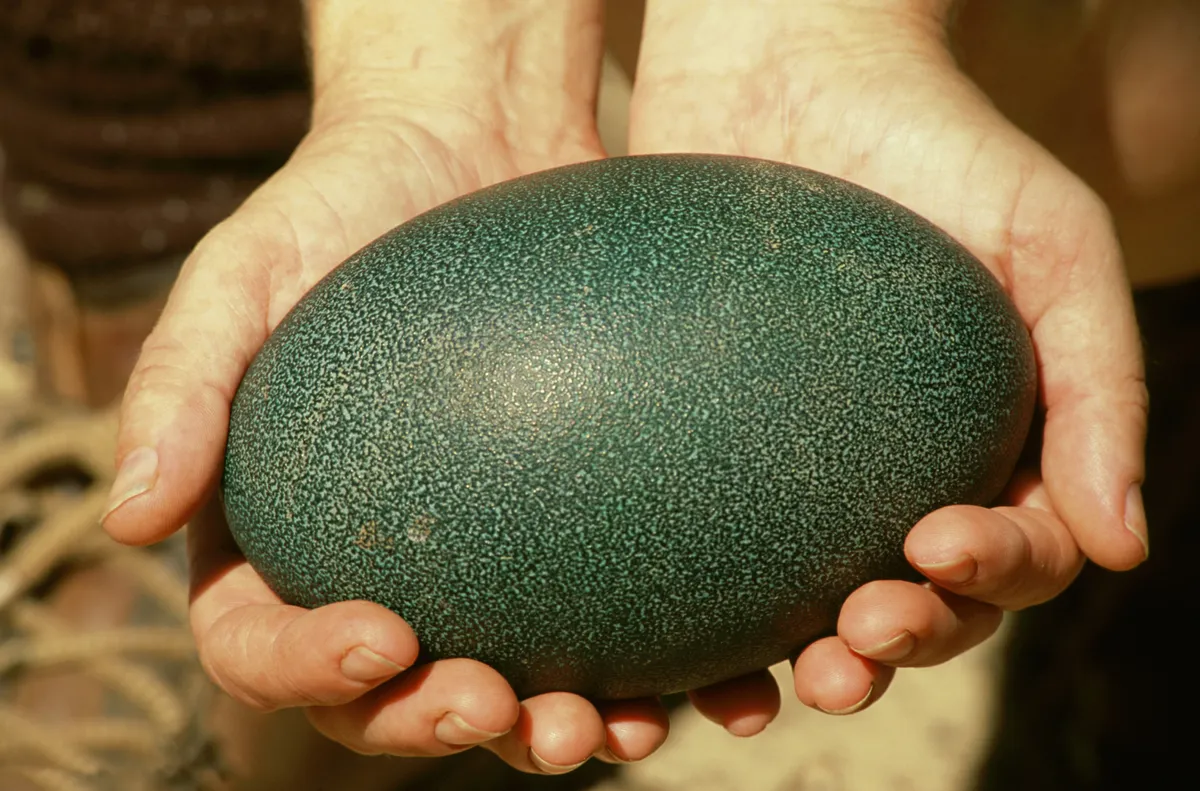Here are the stages of egg formation, from a single cell to the finished egg
How birds' eggs form
An egg starts as a cell, and development is initiated by hormonal changes within the female’s body.
First the cell increases in size, then, over a period of a few days, a recognisable yolk is laid down.
The growing egg passes down into the mouth of the oviduct (the tube leading from the ovary) where, assuming that viable sperm are present, it will be fertilised.
The journey down the oviduct then continues irrespective of whether or not fertilisation has occurred (an unfertilised egg will still be laid, though obviously the embryo does not develop).
At this stage, the egg membranes and albumen (egg-white proteins) are added, after which the mass is hydrated and plumped into the oval shape we all recognise.
Next, the shell forms, from heavily calcified deposits on the outer membrane. The thickness of the shell varies between species, as does the colour and texture of its surface.

Generally speaking, larger birds have eggs with proportionally thicker shells, reflecting the bigger structural size of the eggs they produce. Emu eggs, for example, are about a millimetre thick and weigh 700–900g.
Here are guides to identifying birds’ eggs and and identifying bird feathers
Do you have a wildlife question you’d like answered? Email your question to wildquestions@immediate.co.uk or post it to Q&A, BBC Wildlife Magazine, Immediate Media Company, Eagle House, Bristol, BS1 4ST.